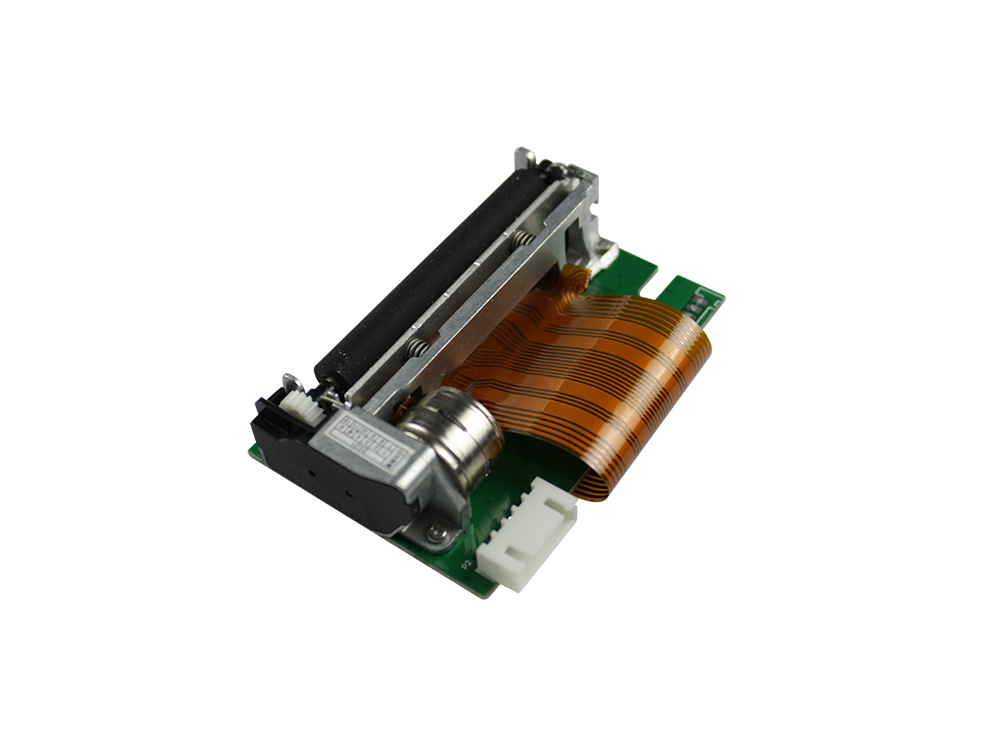Time:2025.06.27Browse:1

The design life of a printer is a critical specification that reflects its intended operational longevity under normal usage conditions. This lifespan is influenced by multiple factors, including the type of printer (e.g., inkjet, laser, thermal), manufacturing quality, component durability, and intended application scenarios.
For consumer - grade inkjet printers, the design life typically ranges from 3 to 5 years. These devices are designed for moderate usage, such as printing documents, photos, or school assignments, with a monthly duty cycle (maximum recommended pages printed) usually under 1,000 pages. The key limiting factors are the ink cartridges, print heads, and mechanical components like paper feed rollers. Over time, ink residue can clog the print heads, while rollers may wear out and fail to grip paper properly. For example, a popular home inkjet model like the HP Envy series is engineered to handle daily use for 3 - 5 years, after which users may experience declining print quality or mechanical failures due to component fatigue.
Laser printers, commonly used in office environments, have a longer design life, often 5 to 7 years or more. Industrial - grade laser printers, such as those from Xerox or Canon’s imageRUNNER series, can even reach 10 years with proper maintenance. Laser printers rely on toner cartridges and a fuser unit, which have higher durability than inkjet components. The drum unit, a key part of the laser printing process, can typically withstand hundreds of thousands of pages before needing replacement. For instance, a mid - range office laser printer like the Brother HL - L2350DW is rated for a monthly duty cycle of 10,000 pages and is designed to operate reliably for 5 - 7 years in a small to medium - sized office.
Industrial and commercial printers, such as high - speed label printers or large - format plotters, are built for heavy - duty use and can have design lives exceeding 10 years. These machines, like the Epson SureColor P series for graphic design or Zebra ZT600 series for barcode labeling, feature robust metal frames, advanced cooling systems, and replaceable wear parts (e.g., print heads, drive belts). Their longevity is supported by modular designs that allow technicians to replace individual components rather than retiring the entire device.
It’s important to note that the design life is distinct from actual lifespan, which can be extended or shortened by usage habits. For example, frequent use beyond the recommended duty cycle, exposure to dust/humidity, or poor maintenance (e.g., neglecting to clean paper jams) can shorten a printer’s life. Conversely, regular maintenance—such as replacing worn rollers, using genuine consumables, and keeping the device in a controlled environment—can help achieve or even exceed the design life.
Read recommendations: